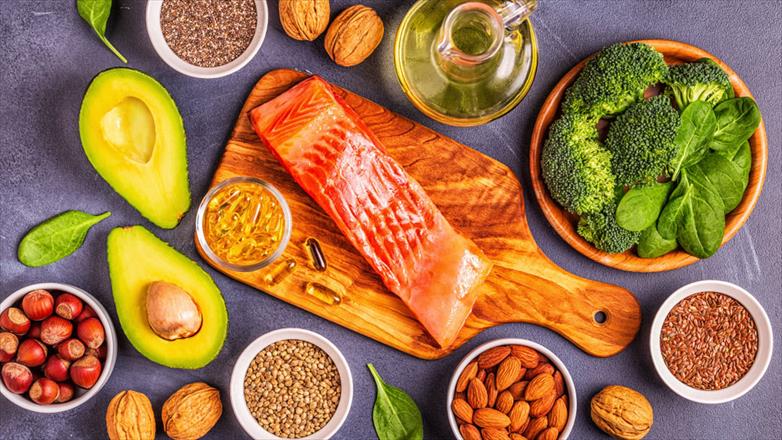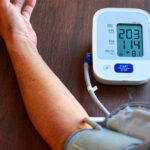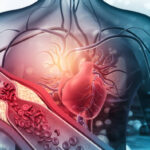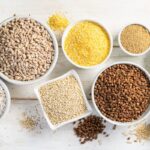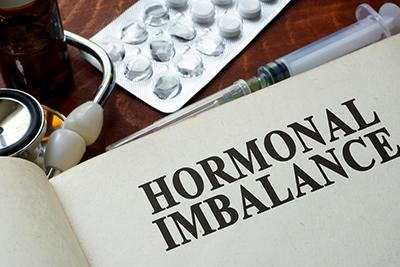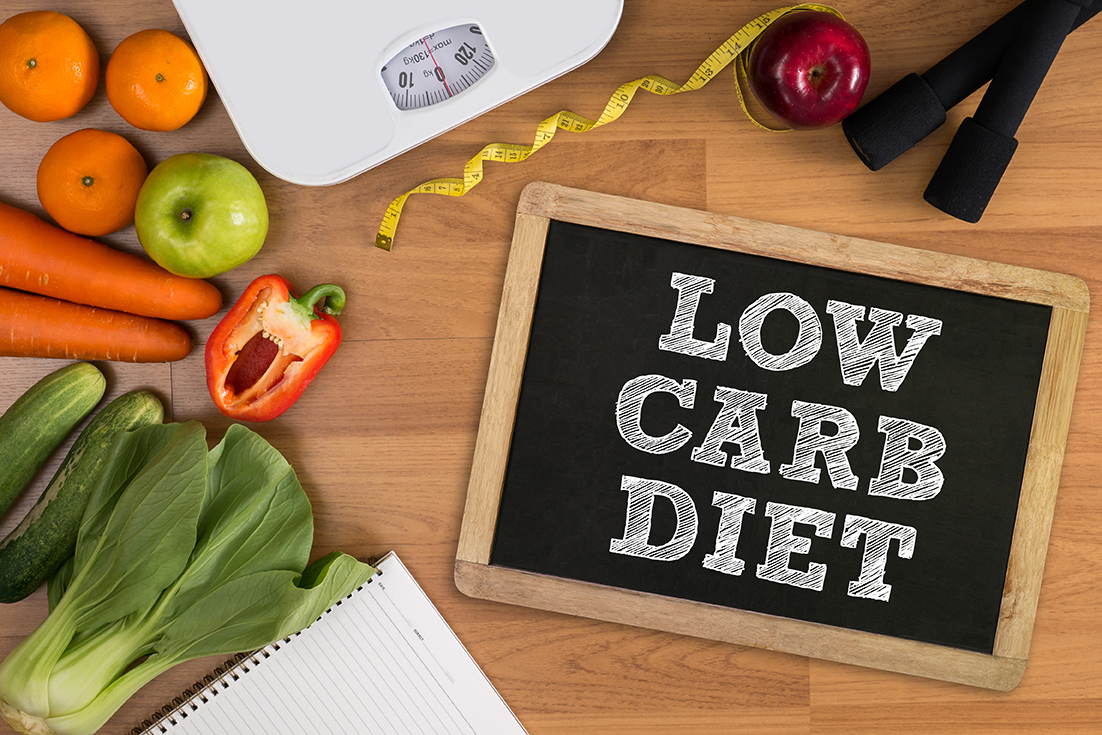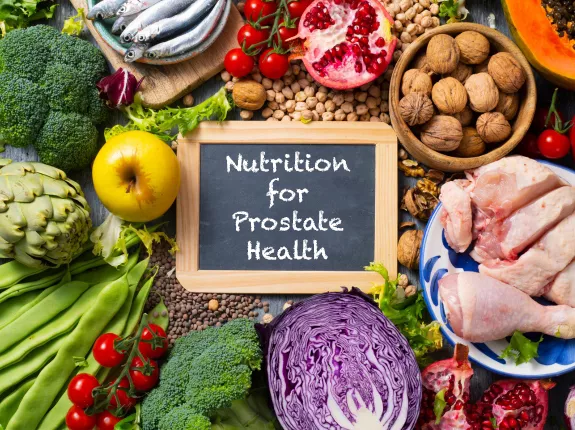How to lower cholesterol without medication
It’s going to be a long read but I’m quite sure that it’ll give you what you want on how to lower cholesterol without medication. Cholesterol is a fat-like substance that plays a crucial role in many bodily functions, including hormone production, cell structure, and digestion.
While your body naturally produces all the cholesterol it needs, certain foods and lifestyle choices can increase cholesterol levels beyond healthy limits.
Why Does High Cholesterol Matter?
Having too much cholesterol—especially low-density lipoprotein (LDL), often called “bad” cholesterol—can lead to serious health problems like heart disease, stroke, and clogged arteries. On the other hand, high-density lipoprotein (HDL), or “good” cholesterol, helps remove excess cholesterol from the bloodstream.
What Causes High Cholesterol?
According to the National Heart, Lung, and Blood Institute (NHLBI), lifestyle choices are one of the biggest factors affecting cholesterol levels. Some common causes include:
- Unhealthy diet – Eating foods high in saturated and trans fats (like fried foods, processed meats, and baked goods) can raise LDL cholesterol.
- Lack of exercise – Physical activity helps increase HDL cholesterol and lower LDL cholesterol.
- Smoking – Damages blood vessels and lowers HDL cholesterol.
- Excess weight – Being overweight can raise LDL and lower HDL cholesterol.
- Genetics – Some people inherit a tendency for high cholesterol, regardless of their lifestyle.
How to Lower Cholesterol Without Medication
While medications like statins are often prescribed for high cholesterol, many people can lower their cholesterol naturally through dietary changes, regular exercise, and healthy lifestyle habits.
Avoid Trans Fats and How to Do It
Trans fats, also known as trans unsaturated fatty acids, are a type of unsaturated fat that can be harmful to heart health. They exist in two forms:
- Naturally occurring trans fats – Found in small amounts in certain animal products, such as red meat and dairy.
- Artificial trans fats – Created through an industrial process called hydrogenation, where vegetable oils are heated with hydrogen and a catalyst to make them more solid and stable. These were commonly found in processed foods, baked goods, and margarine before being banned in many countries.
Why Are Trans Fats Bad for You?
According to the American Heart Association (AHA), trans fats harm your health in two major ways:


Trans Fats and the FDA Ban
Due to their harmful effects, the U.S. Food and Drug Administration (FDA) banned artificial trans fats in 2015. The deadline for removing them from food products was set for 2021. This means that most processed foods should no longer contain added trans fats, but it’s still important to check nutrition labels.
Are Trans Fats Still in Some Foods?
Even though artificial trans fats are banned, small amounts still occur naturally in some foods, like:
- Red meat (beef, lamb, pork)
- Dairy products (butter, cheese, milk)
While these natural trans fats are less harmful than industrial trans fats, limiting consumption of red meat and full-fat dairy can still be beneficial for heart health.
How to Avoid Trans Fats in Your Diet
To reduce your intake of trans fats:





Trans fats increase the risk of heart disease and stroke by raising bad cholesterol and lowering good cholesterol. While artificial trans fats have been banned in many countries, small amounts still exist in some foods.
By checking food labels, cooking with healthier oils, and choosing whole, unprocessed foods, you can reduce trans fat intake and protect your heart health.
Limit Saturated Fats and How to Do It
What Are Saturated Fats?
Saturated fats are a type of dietary fat found in animal-based foods and some plant-based oils. While your body needs some fat for energy and nutrient absorption, too much saturated fat can raise cholesterol levels and increase the risk of heart disease.
According to the American Heart Association (AHA), saturated fats should make up no more than 5% to 6% of your daily calorie intake. For example, if you eat 2,000 calories per day, you should aim for no more than 120 calories (13 grams) from saturated fats.
Foods High in Saturated Fats
Saturated fats are mainly found in:





Although fish contain some saturated fat, they generally have lower amounts than red meat and poultry and also provide beneficial omega-3 fatty acids.
How to Identify Saturated Fats in Foods
One easy way to recognize saturated fats is by their texture:


How Saturated Fats Affect Cholesterol Levels
Eating too much saturated fat can increase low-density lipoprotein (LDL) cholesterol, also known as “bad” cholesterol. High LDL levels can lead to:



How to Reduce Saturated Fat in Your Diet
To keep your heart healthy and cholesterol levels in check, try these simple swaps:





While your body needs some fat, too much saturated fat can increase bad cholesterol and raise the risk of heart disease. By making simple dietary adjustments, such as choosing leaner protein sources, healthy cooking oils, and more plant-based foods, you can reduce your saturated fat intake and support overall heart health.
Eat More Monounsaturated and Polyunsaturated Fats
Not all fats are bad! In fact, some types of fat—monounsaturated and polyunsaturated fats—are incredibly beneficial for heart health. These “healthy fats” can help lower LDL (“bad”) cholesterol, reduce inflammation, and support overall well-being.
Monounsaturated Fats: The Heart-Healthy Choice
Monounsaturated fats are known for their ability to lower bad cholesterol while maintaining high-density lipoprotein (HDL or “good” cholesterol). These fats are also rich in antioxidants, which can help protect your heart and blood vessels.
Best Food Sources of Monounsaturated Fats





Polyunsaturated Fats: Essential for Heart and Brain Health
Polyunsaturated fats contain two essential fatty acids:


Best Food Sources of Polyunsaturated Fats





How to Add More Healthy Fats to Your Diet
- Use olive oil instead of butter when cooking or dressing salads.
- Snack on nuts and seeds instead of chips or processed foods.
- Incorporate avocados into sandwiches, salads, or smoothies.
- Eat more fatty fish like salmon or mackerel for an extra dose of omega-3s.
- Try plant-based protein sources like tofu, edamame, and walnuts.
By replacing saturated fats with heart-healthy monounsaturated and polyunsaturated fats, you can naturally improve cholesterol levels, protect your heart, and reduce the risk of cardiovascular diseases.
Eat More Soluble Fiber
Dietary fiber plays a key role in maintaining healthy cholesterol levels, supporting digestion, and improving overall heart health. There are two types of fiber—soluble and insoluble fiber—but when it comes to lowering cholesterol, soluble fiber is the real game-changer!
How Soluble Fiber Helps Lower Cholesterol
When you eat foods high in soluble fiber, they absorb water and form a thick, gel-like substance in your intestines. This gel traps dietary cholesterol and fats, preventing them from being absorbed into your bloodstream. As a result, your LDL (“bad”) cholesterol levels decrease, reducing the risk of heart disease.
Best Food Sources of Soluble Fiber





How Much Fiber Do You Need?
According to the U.S. Food and Drug Administration (FDA), most Americans do not consume enough dietary fiber. The recommended intake is:







Important Note: Increase Fiber Gradually!
While fiber is incredibly beneficial, eating too much too quickly can lead to:



To avoid digestive discomfort, increase your fiber intake gradually and drink plenty of water to help your body adjust.
By making small changes to your diet, you can naturally lower cholesterol, improve digestion, and promote heart health—one fiber-rich meal at a time!
How Exercise Lowers Cholesterol Naturally
Regular physical activity is one of the most effective ways to improve heart health. Not only does it help lower “bad” LDL cholesterol, but it also raises “good” HDL cholesterol, which helps remove excess cholesterol from your bloodstream.
The Science Behind Exercise & Cholesterol
A 2019 study involving 425 older adults found that engaging in moderate to vigorous exercise led to:



By making exercise a regular habit, you can support your heart, improve circulation, and lower the risk of heart disease.
How Much Exercise Do You Need?
The Department of Health and Human Services (HHS) recommends:

OR


Best Exercises to Lower Cholesterol















Who Should Be Cautious?

By staying active, you’re not just lowering cholesterol—you’re boosting energy, reducing stress, and strengthening your heart.
Quit Smoking, Boost Your Heart Health: How Saying No to Tobacco Improves Cholesterol
Smoking and vaping don’t just harm your lungs—they also affect your heart and cholesterol levels. If you’re looking to improve your heart health, quitting smoking is one of the best decisions you can make.
How Smoking & Vaping Affect Cholesterol




The good news? Your body starts healing soon after you quit!
Health Benefits of Quitting Smoking






Tips to Quit Smoking for Good






The Link Between Water and Cholesterol Health

How Hydration Affects Cholesterol




How Much Water Should You Drink?











Cholesterol-Friendly Meal Plan & Exercise Routine
If you’re looking to naturally lower cholesterol, a heart-healthy diet and exercise plan can make a big difference. Below is a balanced meal plan with cholesterol-lowering foods and an exercise routine to support heart health.






















Exercise boosts HDL (“good” cholesterol) while helping reduce LDL (“bad” cholesterol). Aim for at least 150 minutes per week of moderate exercise.












Summary: Managing Cholesterol for a Healthier Heart
Cholesterol is essential for key bodily functions, including cell membrane formation and hormone production. However, high LDL (“bad”) cholesterol can increase the risk of heart disease, heart attacks, and strokes.
To naturally maintain healthy cholesterol levels, individuals can:





By making these simple lifestyle changes, many people can manage their cholesterol levels without medication and improve their long-term heart health.
Benefits of Eating Pomegranate
Foods to help with Constipation

A graduate of Computer Science and Information Management Technology. Diploma – Caregiving, Certificates – Dementia and Diabetes Awareness and Management. A researcher, blogger, songwriter, singer and acoustic guitarist. Born in an environment where natural talents such as healing are imparted at our natural birth. This natural talents of healing is the result of our genetic inheritance and the training from family environment.







